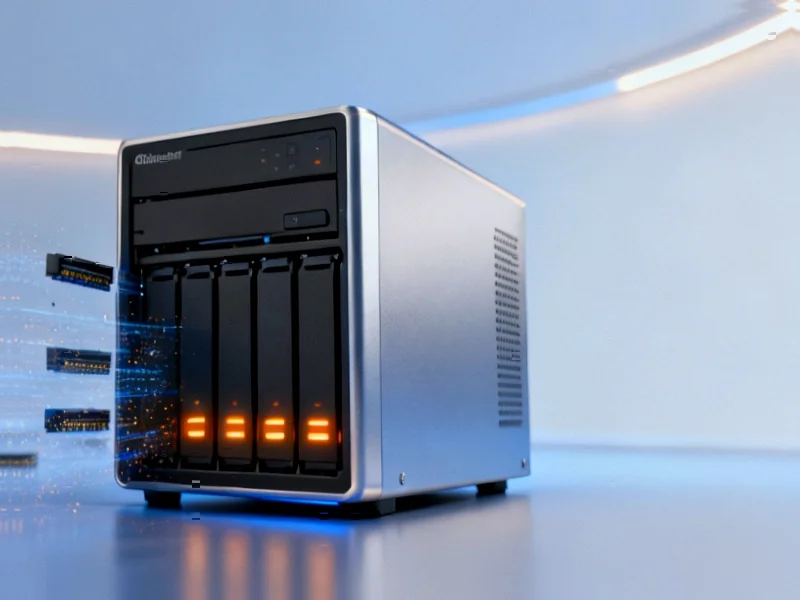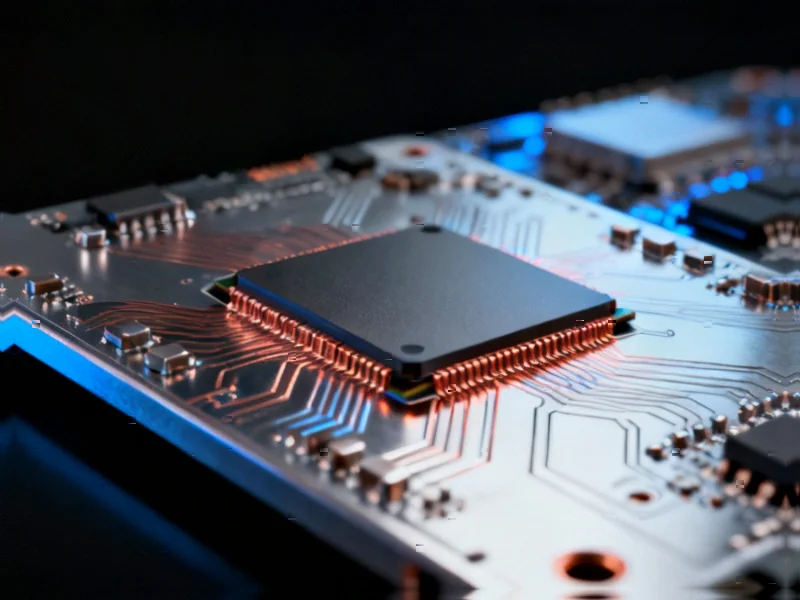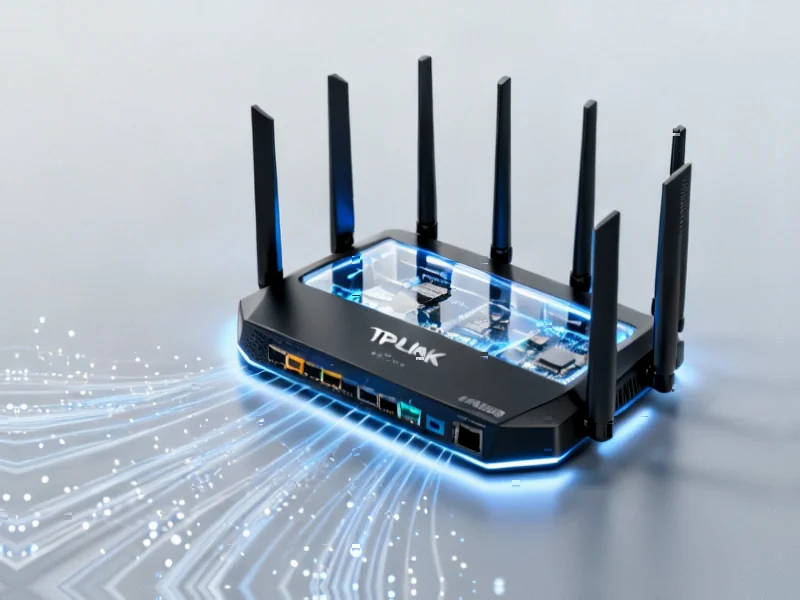In the increasingly sophisticated world of home lab computing, a quiet revolution is underway that’s challenging one of the most fundamental assumptions about storage architecture. While network-attached storage has long been the default choice for serious enthusiasts running Proxmox Virtual Environment, a growing contingent of users is discovering that direct-attached storage offers surprising advantages that better align with real-world home lab workflows and budgets.
Table of Contents
The Economics of Storage Expansion
What’s driving this shift isn’t just technical superiority but rather brutal economic reality. According to recent analysis, pre-built 4-bay NAS units typically run between $450-500, while comparable DAS chassis can be found for under $125—less than a third of the cost. Even high-end DAS models with hot-swap capabilities and hardware RAID rarely exceed $350. The price differential becomes even more dramatic when you consider the total cost of ownership.
“We’re seeing a fundamental rethinking of storage strategy among home lab users,” says Michael Chen, a systems architect who consults with small business and enthusiast clients. “The traditional NAS-first approach made sense when network speeds were the bottleneck, but modern USB interfaces have completely changed the equation. For many Proxmox workloads, DAS delivers 90% of the functionality at 30% of the cost.”
Network Infrastructure: The Hidden Cost
The most compelling argument for DAS emerges when you examine the networking requirements of modern storage. While even budget NAS units now feature 1 Gigabit Ethernet, this connection becomes a severe bottleneck when dealing with multiple drives in RAID configurations. HDDs can easily saturate a 1G connection, and upgrading to 5G or 10G networking requires expensive switches and network interface cards that can add hundreds of dollars to the total cost.
Meanwhile, DAS units connect via USB 3.2 Gen 2 ports that support 10Gbps speeds—out of the box, with no additional infrastructure investment. The implications are profound: users get faster transfer speeds without upgrading their entire network stack. This becomes particularly relevant for GPU-powered development virtual machines where large file transfers between host and guest systems can significantly impact productivity.
Simplified Management and Workflow Advantages
Beyond pure performance metrics, DAS offers compelling workflow benefits that many users overlook. Network file system permissions, particularly with NFS, can become notoriously complex in multi-machine environments. The troubleshooting process often involves navigating arcane permission structures and configuration files that frustrate even experienced administrators.
In contrast, DAS presents as straightforward external storage that’s accessible through familiar command-line interfaces or simple USB passthrough to virtual guests. This simplicity translates to real time savings and reduced frustration. For development workflows that involve frequent file transfers between systems, the elimination of network configuration complexity represents a significant quality-of-life improvement.
Backup Strategy Reinforcement
Perhaps the most underappreciated advantage of DAS in Proxmox environments lies in backup strategy. The data hoarding community has long advocated for the 3-2-1 backup rule: three copies of your data, on two different media, with one copy offsite. DAS units provide an economical way to implement this strategy without breaking the bank.
When used with Proxmox Backup Server, DAS creates additional redundant copies that can prove invaluable during catastrophic failures. The ability to configure mirrored drives within the DAS itself adds another layer of protection. For home lab users who rely on their systems for both experimentation and production workloads, this extra resilience provides peace of mind that’s difficult to quantify but immensely valuable.
Hybrid Approaches and Future Outlook
Interestingly, the most sophisticated home lab setups aren’t choosing between NAS and DAS but rather combining them strategically. Many users are discovering that DAS can extend the capabilities of existing NAS systems, particularly consumer-tier units that max out at four drive bays. By attaching DAS to NAS, users effectively create expandable storage systems without replacing their entire infrastructure.
The market appears to be taking notice. Storage manufacturers are increasingly offering DAS products with features previously reserved for NAS systems, including hardware RAID controllers, hot-swap capabilities, and sophisticated cooling solutions. Meanwhile, the Proxmox community has developed robust support for DAS configurations, with extensive documentation and community support.
As home labs continue to evolve from hobbyist playgrounds to essential infrastructure for remote work and development, the storage conversation is shifting from “what’s possible” to “what makes sense.” For a growing number of Proxmox users, the answer increasingly involves direct-attached storage—not as a compromise, but as a strategic choice that delivers better performance, lower costs, and simpler management for real-world workloads.



